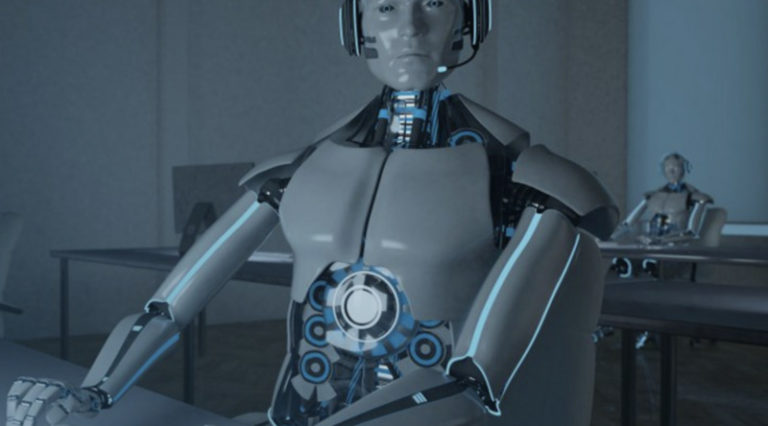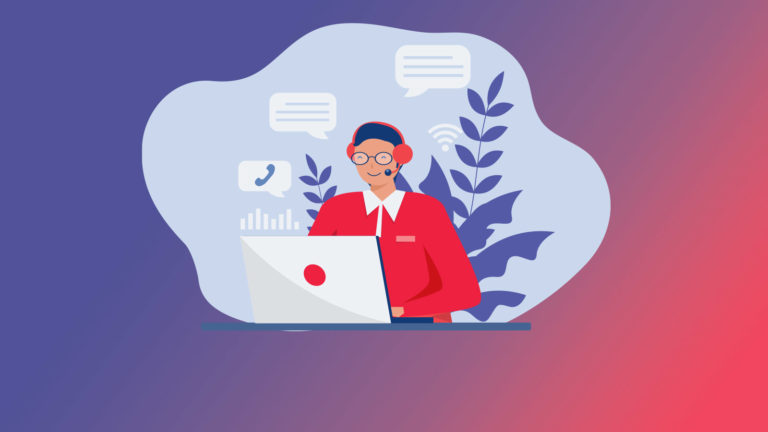The IT organization delivers services in many forms to virtually all of the business, including but not limited to resolving incidents and fulfilling service requests through the service desk. Because these services are a key pillar of virtually every IT organization, we will focus our attention there. At the same time, most businesses have customer-facing and technical support call centers that provide a great example for best practices on how customers can be supported in their daily needs and developed into a loyal and happy client. Let’s take a look at a few examples of themes the IT organization and the service desk can borrow from the call center to build a new and improved focus on the customer.
Nurture a Passion for Great Service
Too often the people and culture of IT are overlooked due to our natural focus on technology and tools. But, to take great strides in building a better focus on the customer, we need to make this a cultural priority. Talk about it, recognize great service, share positive experiences with users, and encourage our teammates to bring more passion to our customer service every day. In the case of IT, these customers are often employees that benefit from the services offered by IT but remember—a happy and productive employee will pass it along and bring better service
to the customer.
Measure Customer and User Satisfaction
Not always a core metric for the service desk, it helps to have a measurement for user satisfaction and to then take this baseline and rally the team around the cause of improving this critical metric over time. The key here is just good and consistent progress. And, remember that it doesn’t matter what the number is today when we take a baseline, it only matters that we are committed to improving the number into the future until we reach a reasonable target. User satisfaction numbers in the 70% to 80% range are common in many organizations but this leaves us room for lots of improvement. The benchmark for ‘great’ would be in the mid 90’s, something like 94-95% and this should be the goal and within the reach of most teams with some real focus and a commitment throughout the organization.

Deliver a Great Experience
Every interaction with a user or employee through the service desk is an opportunity to deliver great service. This is an important mindset that should shape everything we do in the IT organization and in particular for the service desk that in many cases is supporting thousands of incidents and service requests per week. Remember, behind every incident or service request is a customer of some form that needs help to make their day more productive and to perform their job better. The little things matter including a great attitude and paying attention to all the details that make for a great experience. We should always be asking ourselves, “How can we make our service better, how can we make our service more convenient, and how can we make our service more personal?”
Leverage Multiple Channels
The service elements of IT have always relied heavily on the phone and with good reason. But this is simply not enough for the future. Today, we have access to powerful digital channels and these channels provide remarkable flexibility for how we work every day across IT. For example, messaging including SMS is a very effective tool with which to reach many users quickly and efficiently. Notifications on upcoming scheduled changes and current unplanned outages are great examples. This results in users being more informed which in turn reduces the number of calls coming into the service desk, and in many cases, this reduction in calls and new incidents can be significant.

Automation Should Be a Top Priority
In my book, The IT Imperative, I describe the 90/90 rule which calls for IT to be 90% automated and 90% faster in everything we do by the year 2025. Think about this for a moment; the IT organization is the engine for the business and when we make IT more automated and we make IT faster, we are effectively bringing this power to all of the business. The wonderful thing about automation is that it enables us to be more consistent, it drives scalability, it supports operating the business around the clock, and it frees our talented people to spend more time thinking and developing innovative solutions to the problems of tomorrow. This is just the beginning of the virtually unlimited benefits of automation. Focus on driving automation and speed across the IT organization and build a working plan today if one does not already exist.

We’ve highlighted only a few ideas here and it’s important to remember that we can often learn a lot from other organizations in our own business. In the case of our topic for today, the IT organization can learn about building a better focus on the customer from the experts in our call centers. The good people of a customer-facing call center have been trained and their skills honed over countless customer interactions regarding the science and art of how-to better serve customers, and how to deliver a great experience with every customer touch. Take the time to think about how our five examples can be put into action for the service delivery teams in IT, and don’t forget to reach out to your teammates in the call center to exchange ideas and brainstorm on how we can continue to improve throughout our journey to outstanding customer service.




